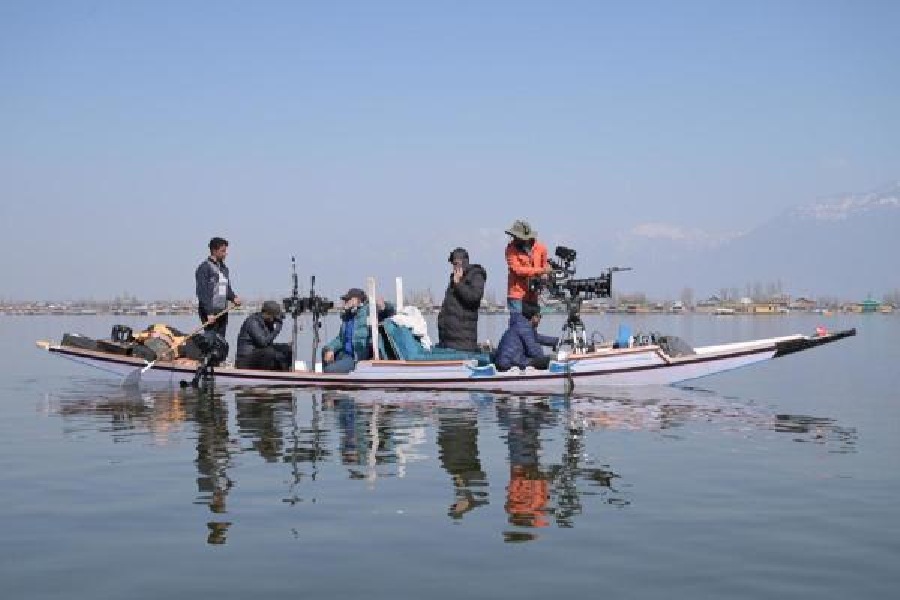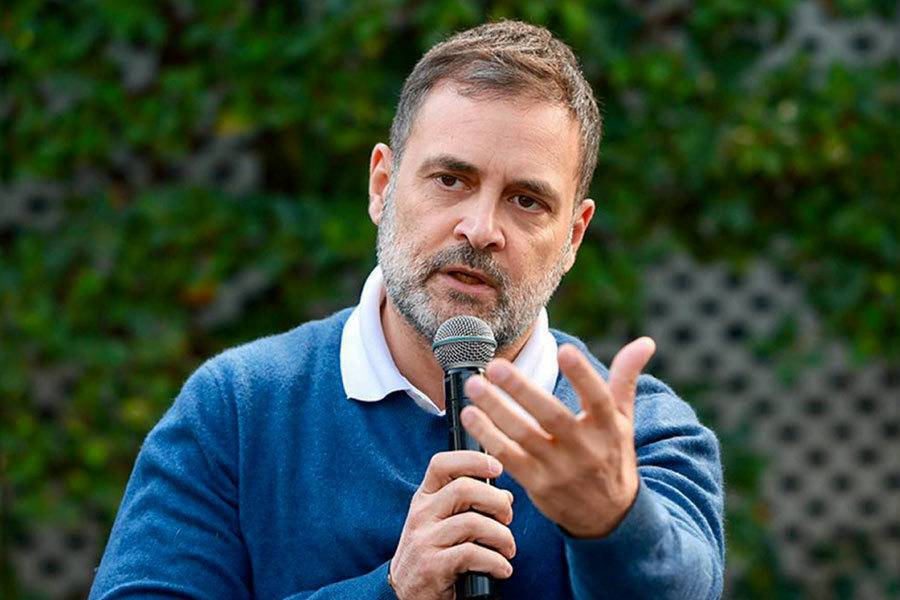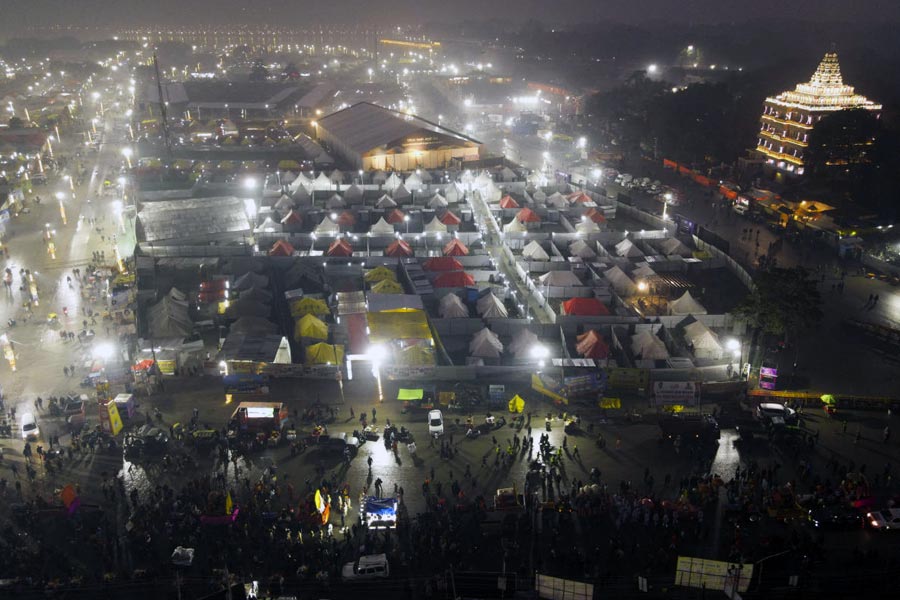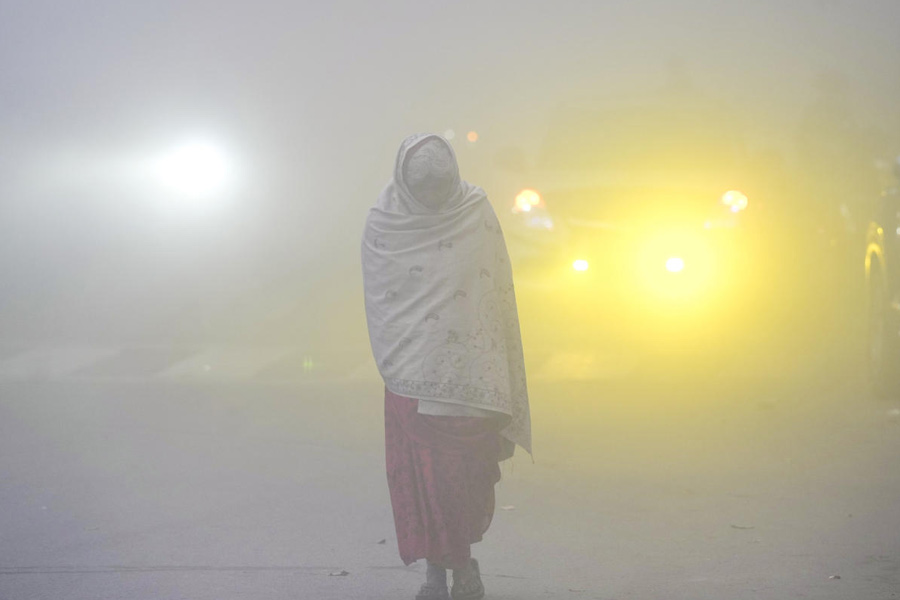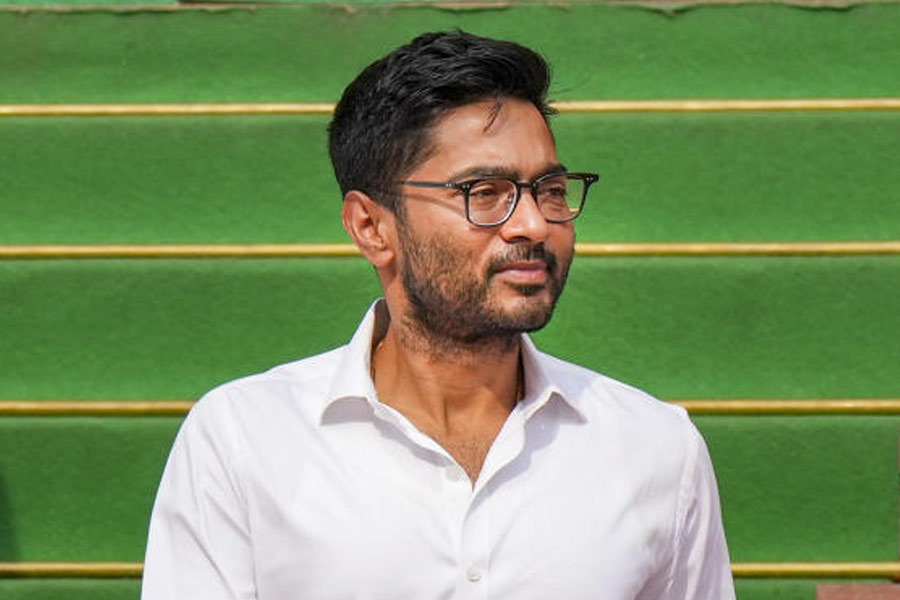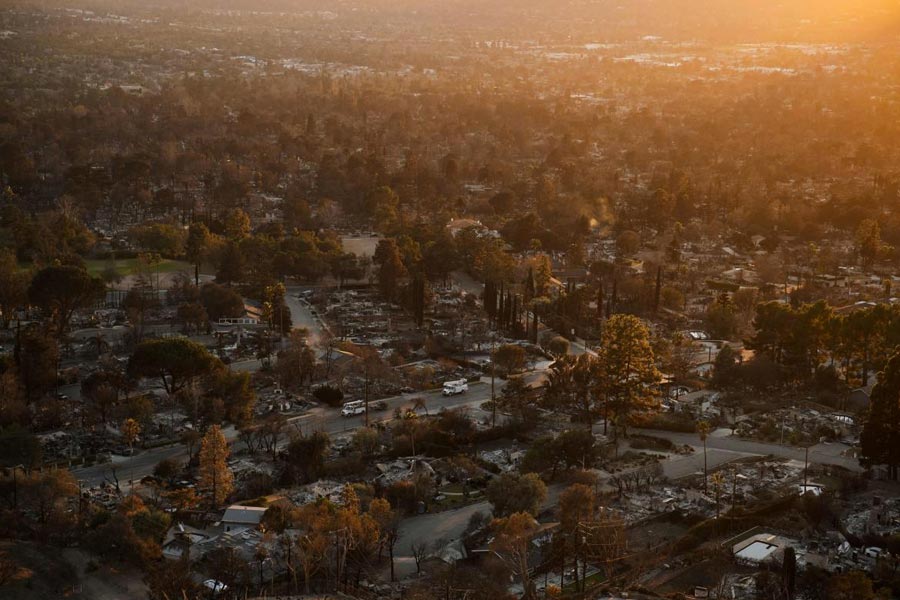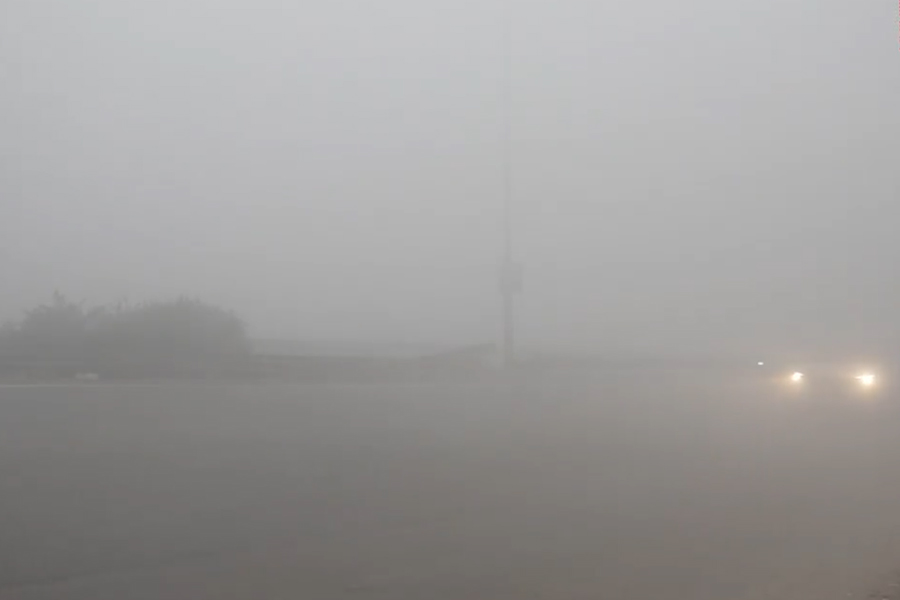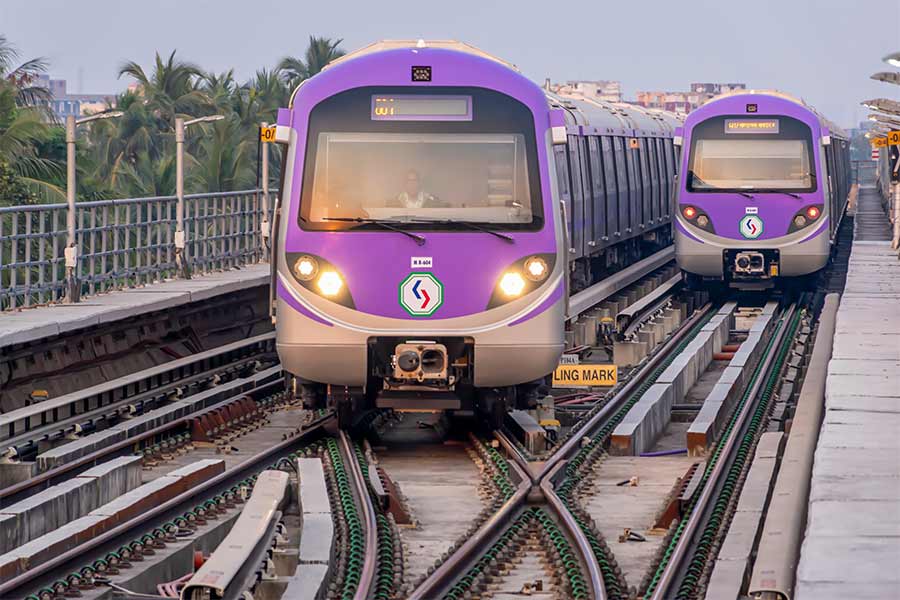Sandip Ray’s recall of the inimitable Feluda is: “Wherever my father went, Feluda followed.” Usually, when Satyajit Ray went to these places in his adult years, the son followed but not in the case of Kashmir, which is the setting of Feludar Goyendagiri: Bhuswargo Bhoyonkawr, the latest screen adaptation of Ray’s Feluda stories.
Feluda stories can broadly be divided into two categories: Type 1, wherein Feluda has to undertake travel in keeping with his commitment to a case, and Type 2, wherein Feluda is on vacation and stumbles upon a mystery.
Ray’s story Bhuswargo Bhoyonkawr, which appeared in the Puja edition of the Bengali magazine Desh in 1987, is Type 2. It treated the setting as a secondary element. In the recently released web series, however, Kashmir is, you could say, the principal actor and also the redeeming factor.
In Ray’s literary universe, travel and location play a pivotal role. Sonar Kella’s setting had to be Rajasthan, Kailashey Kelenkari wouldn’t have been the same without the Kailas temple in Ellora, nor Joy Baba Felunath without the alleys of Benares. Similarly, in Badshahi Angti, Lucknow’s presence is indispensable as the story hinges on the Bhul Bhulaiya where the ring was hidden.
In the cinematic versions of the Feluda films directed by Ray, the location works with the plot, does not overshadow it. Think of the scenes from Benares’s Darbhanga Ghat in Joy Baba Felunath, the sadhu and the devotees milling around him, the sparkling waters of the Ganges, the boats. Think of the Nahargarh and Jaisalmer forts from Sonar Kella, the cobbled roads, the ramparts, the filigree work… Whatever you see of the location is from the perspective of the main characters, or coloured by their moods — villainy, wonderment or sense of adventure. Sandip talks about how during the shooting of Goopy Gyne Bagha Byne, Ray came across Jaisalmer Fort. And that is how what passed off as Halla Raja’s castle in one film germinated the story of Sonar Kella. But that’s a different story.
In Bhuswargo Bhoyonkawr the web series, Kashmir dominates the narrative and the screen time. In terms of screen presence too, no actor comes close to it. The camera does not just linger on the Dal Lake or the mountain peaks, it appears to be stuck onto them. Whole minutes pass and you see just the towering Himalayas or the expanse of snow or the shikaras — top shot, low shot, panorama sans dialogue sans human drama.
The web series is primarily set in Srinagar, Gulmarg and Pahalgam. Cinematographer Ramyadip Saha says, “We wanted to show Kashmir as the Bengali audience would want to see it. Bengalis frequent the place. You can’t fake it.”
Sandip says, “During his early teens, my father subscribed to a children’s magazine called Boys on Paper. It was published from London. On a visit to Kashmir during that time, he captured a few photographs of the picturesque region. One of these, showcasing a houseboat, was sent to the magazine. Not only was the photograph published, it also won a prize.” It is quite likely that this was the only time Ray visited the Valley. And when he wrote Bhuswargo Bhoyonkawr towards the end of his life, Ray Sr. most likely drew on his vivid childhood memories.
At the heart of Bhuswargo Bhoyonkawr is retired judge Siddheshwar Mallick’s murder. Mallick goes on a holiday to Kashmir; with him is his son, secretary, domestic help and doctor. Feluda and his companions, who are also vacationing in Kashmir, bump into this group. Mallick, who had sentenced many to death, is now haunted by his past judgments. He resorts to seances during the trip, trying to contact spirits for answers. Midway through the story, he is murdered, and the whodunit begins.
One of the standout scenes of Bhuswargo Bhoyonkawr is set in the Martand Sun Temple near Anantnag with Topshe and Lalmohanbabu deep in conversation. But look again and the temple is the best actor, the show stealer with its colonnaded courtyard and archways and chambers. A stolid timeless presence looming over Lilliputians at play. And the scene wherein Feluda is impassionedly reciting “Himalaya, Himalaya, Himalaya” and the camera panning Nanga Parbat, is a visual extravaganza. Likewise, in the final few shots of the series, the boulders in the waters of the Lidder, big, small and giant, pack in more punch than the just outed villain.
Kashmir with all its weighty scenery is to the web series what the mountain range is in Ray’s 1962 film Kanchenjungha, after a manner. Sandip says, “Towards the end of the film, Kanchenjunga, the mighty visible and sun-lit range dwarves a dominating, chauvinist and purse-proud character. There lies the justification of the outdoor setting."
In Bhuswargo Bhoyonkawr too Kashmir plays its part adroitly, its searing beauty underscores all that is ugly but enduring in human nature. If the film has a winning quality, that would be — to borrow Lalmohanbabu’s phrase — “sheta ekhane, ekhane, ekhane”.

